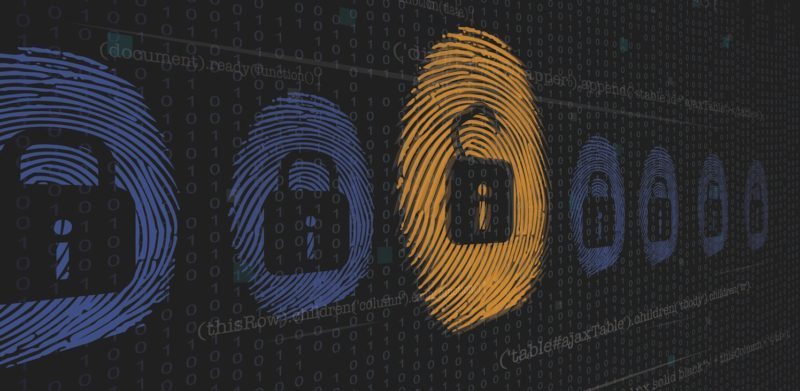3D Printed Finger Unlocks a Dead Mans Phone
Gareth Andrews / 8 years ago

When it came to Apple vs the FBI, Apple refused to unlock the phone for fear of creating a backdoor that the organisation could use to get into not just one but any iPhone they wished to access. So what about the latest realisation that the police have asked for a 3D printed finger to help unlock a phone belonging to a dead man.
According to sources, the ongoing investigation prevented Anil Jain, a professor at Michigan State University who specialises in biometric security was approached by the police in order to gain access to a phone. The police believed that the phone may contain clues to the man’s killer but were unable to gain access to the phone in question and required something a little more solid than a digital image to trick the phone’s scanner.
As the police had already taken the man’s fingerprint they approached Jain asking if he could make a 3D printed finger that would bypass the phone’s security systems. As the phone does not belong to a suspect, the fifth amendment, a common legal contest to using people’s biometric data to gain access to their phones, does not apply.
With people arguing over the use of living people’s biometric details to gain access to their devices and track them the area of using the deceased details to gain access to accounts and devices is one that has never been investigated or explored from a legal point of view.



















